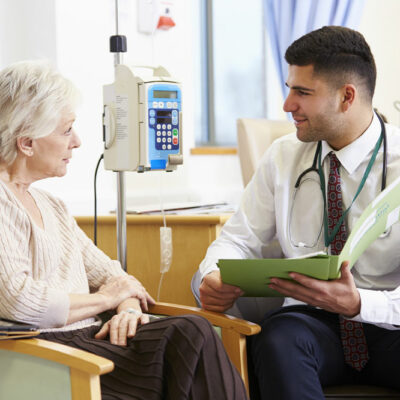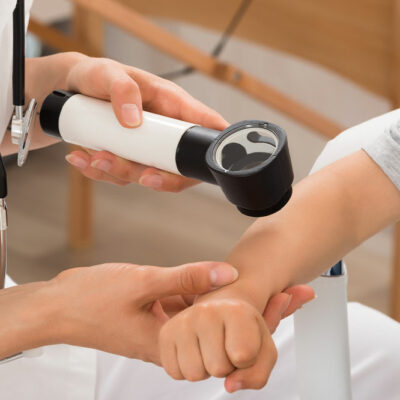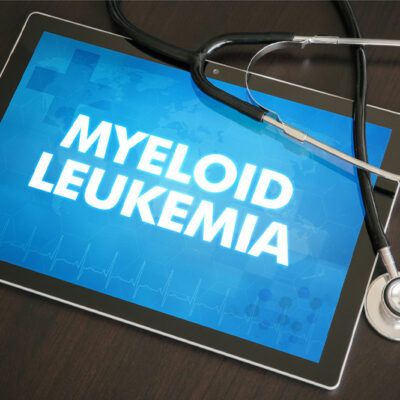
health
Urothelial cancer – Causes, warning signs, and remedies
The bladder is a hollow, balloon-shaped organ in the lower part of the abdomen that stores urine. The bladder is susceptible to cancers, including a type called urothelial carcinoma. Cancer begins in the urothelial cells, which line the urethra, ureters, bladder, pelvis, renal, and other organs. Urothelial cancer or carcinoma is also known as transitional cell carcinoma as the cells here can change shape. The condition affects the bladder’s ability to function properly. Symptoms Urothelial carcinoma may not cause symptoms right away. However, blood in the urine is one of the first noticeable signs of the condition. Other symptoms include: Tiredness Persistent back pain A lump or mass in the kidney region Low-grade fever Causes and risk factors The cause of urothelial carcinoma is yet to be determined. But healthcare professionals have associated the development of cancer in the bladder and kidneys with the following risk factors: Age: One might be at an increased risk of developing urothelial cancer as they get older, especially at ages 55 and above. However, the condition can develop at any age. Gender: Men are at a greater risk of developing various types of bladder cancers than women. Exposure to toxins: Exposure to arsenic and chemicals used for manufacturing dyes, leather, rubber, textiles, and paint products may also increase the risk of urothelial carcinoma.
Read More 










